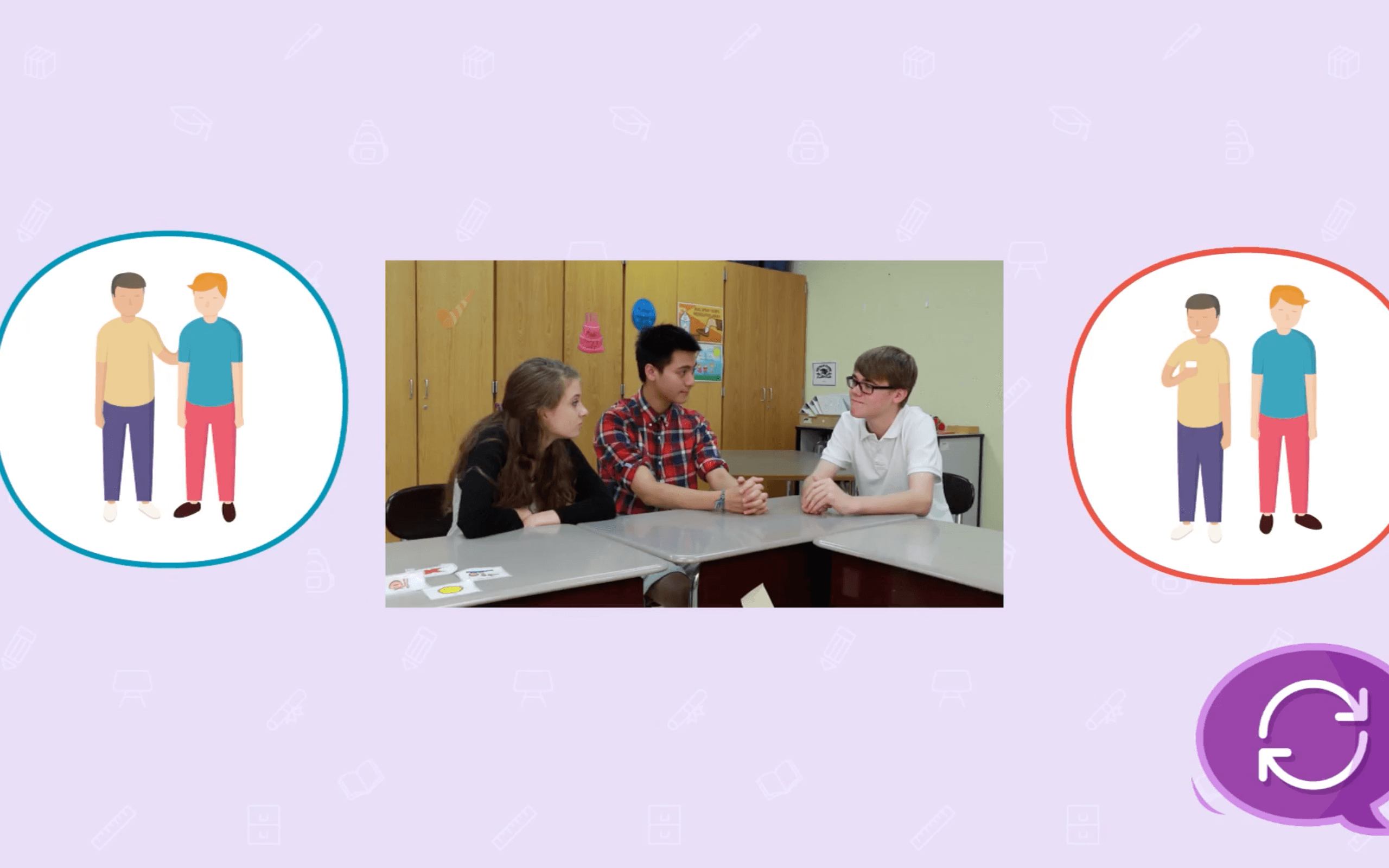Introduction
Empathy is a vital skill for children to develop in their social-emotional learning journey. It involves understanding and sharing the feelings of others, which helps in building strong relationships and promoting compassionate behavior. In this blog post, we will introduce the Two Sides game, an engaging activity that compares showing empathy and not showing empathy in different situations. By participating in this game, elementary students will learn how to put themselves in someone else’s shoes and show care and understanding towards others.
No-Prep Activity: The Two Sides Game
The Two Sides game is a simple and effective way to teach empathy to elementary students. This activity requires no preparation or materials, making it an ideal choice for busy educators. To play the game, follow these steps:
- Divide the students into small groups or pairs.
- Present a situation where someone is experiencing an emotion, such as sadness, anger, or frustration. For example, “Mike is upset because he forgot his homework at home and spilled water in his bag.”
- Ask the students to discuss and act out two different responses to the situation, one showing empathy and the other not showing empathy.
- After each response, pause the game and encourage students to reflect on how the person in the situation might feel based on the response.
- Repeat the process with different situations, allowing students to practice showing empathy in various contexts.
Through this activity, students will see the impact of showing empathy and not showing empathy on others’ emotions, helping them develop a deeper understanding of this essential social-emotional skill.
Discussion Questions
To further engage students and stimulate thought-provoking discussions, consider using the following questions:
- How did it feel to show empathy in the activity? How did it feel when you didn’t show empathy?
- Why is it important to show empathy in our daily interactions with others?
- Can you think of a time when someone showed empathy towards you? How did it make you feel?
- What are some ways we can practice showing empathy to others in our daily lives?
- How do you think the world would be different if everyone showed empathy towards each other?
Related Skills
Teaching empathy is just one aspect of social-emotional learning. Other related skills that students need to develop include:
- Active listening: Paying attention and showing interest in what others are saying.
- Communication: Expressing thoughts and feelings clearly and respectfully.
- Conflict resolution: Solving disagreements in a constructive and peaceful manner.
- Emotion regulation: Managing and controlling one’s emotions in various situations.
- Teamwork: Collaborating effectively with others to achieve a common goal.
Next Steps
Teaching empathy is a crucial component of social-emotional learning, and the Two Sides game offers an engaging and effective way to introduce this skill to elementary students. If you’re looking for more resources to help teach empathy and other essential skills, we invite you to sign up for free sample materials at Everyday Speech. Our comprehensive collection of videos, activities, and games will provide you with the tools you need to help your students develop strong social-emotional skills for a lifetime of success.






